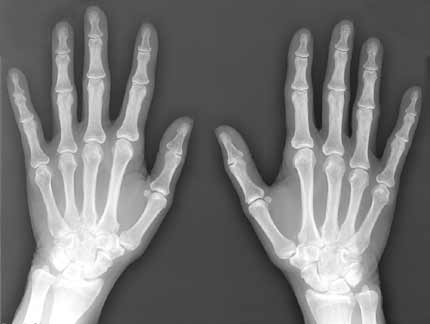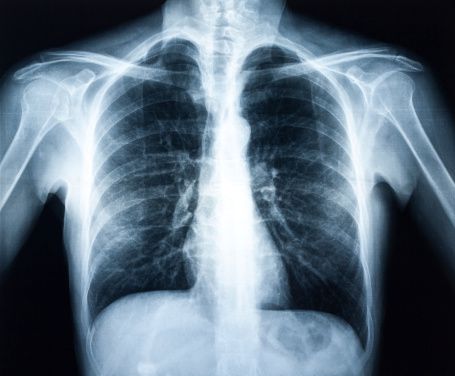 | |
|
Navigation Computerized Tomography (CT) & Magnetic Resonance Imaging (MRI) Nuclear Medicine & Positron Emission Tomography (PET)
|
Radiology is a field of medicine that deals with radiant energy in the diagnosis and treatment of diseases. This field can be divided into two areas - diagnostic radiology and interventional radiology. A physician who specializes in radiology is called a radiologist. Radiology utilizes imaging technologies such as x-rays, ultrasound, computed tomography (CT), nuclear medicine, positron emission tomography (PET), magnetic resonance imaging (MRI), and interventional radiology to diagnose and treat diseases. X-ray is the the basic foundation for the modalties. X-rays are a type of radiation called electromagnetic waves. X-ray imaging creates a picture of the inside of your body. The image shows the parts of your body in different shades of black and white. This is because different tissues absorb different amounts of radiation. Calcium in bones absorbs the most, so bones look white. Fat and other soft tissues absorb less, so they look greay. Air absorbs the least, so lungs will look black. he most familiar use of x-rays is checking for broken bones, but x-rays are also used in other ways. For example, chest x-rays can spot pneumonia. Mammograms use x-rays to look for breast cancer. When you have an x-ray, you may wear a lead apron to protect certain parts of your body. The amount of radiation you get from an x-ray is small. For example, a chest x-ray gives out a radiation dose similar to the amount of radiation you're naturally exposed to from the environment over 10 days. Hand X-ray Chest X-ray |
|
Jamie Mize | ENG 307T | Digital Writing | Summer 2017 | |

